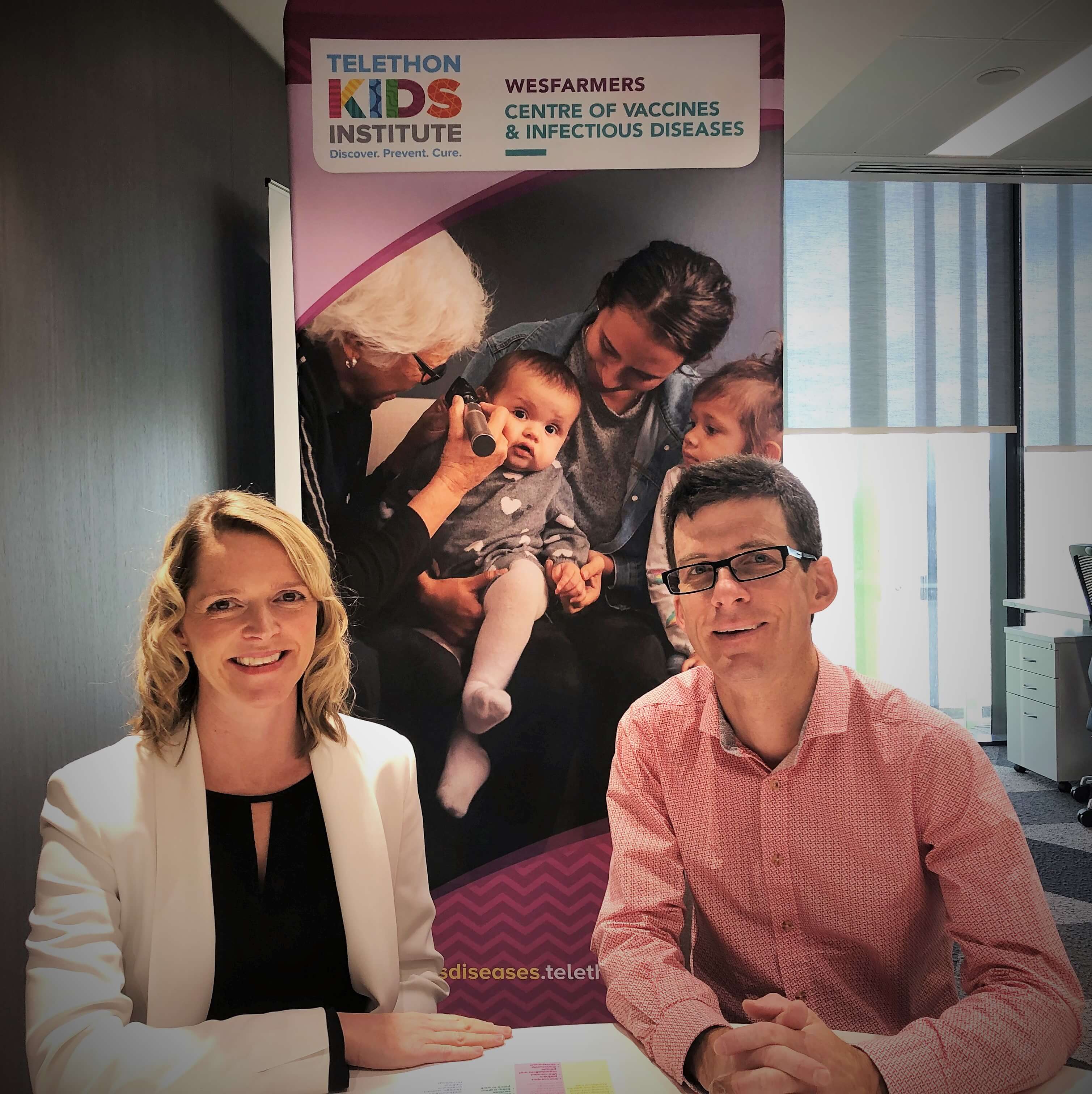Search
Research
Patient and Process Outcomes among Pediatric Patients Undergoing Appendectomy during the COVID-19 Pandemic: An International Retrospective Cohort StudyCOVID-19 forced healthcare systems to make unprecedented changes in clinical care processes. The authors hypothesized that the COVID-19 pandemic adversely impacted timely access to care, perioperative processes, and clinical outcomes for pediatric patients undergoing primary appendectomy.
Research
COVID-19 in Western Australia: ‘The last straw’ and hopes for a ‘new normal’ for parents of children with long-term conditionsChildren with long-term conditions are vulnerable due to the treatments required for their conditions. Since the start of the coronavirus disease 2019 (COVID-19) pandemic, Western Australians experienced restrictions that changed daily life activities but were able to return to some of their previous routines due to the restrictions.

News & Events
Infectious diseases advocate and child disability researcher named as finalists for national awardsCongratulations to prominent consumer advocate Catherine Hughes and The Kids Research Institute Australia honorary researcher Dr Noula Gibson, who have been named finalists in Research Australia’s 2023 Health and Medical Research Awards.

News & Events
Top honour for infectious diseases researchCongratulations to Associate Professor Asha Bowen, who has been awarded the 2022 Frank Fenner Award for Advanced Research in Infectious Diseases.

News & Events
The Kids Research Institute Australia Director elected to prestigious Australian Academy of ScienceProf Jonathan Carapetis has been elected as a new Fellow of the prestigious Australian Academy of Science in recognition of his pioneering, paradigm-shifting expertise in infectious diseases.

News & Events
New Co-directors for the Wesfarmers Centre of Vaccines and Infectious DiseasesDr Lea-Ann Kirkham and Dr Chris Blyth have been appointed as Co-Directors

News & Events
Jennie Blackwell made a Fellow of the Australian Academy of ScienceProfessor Jenny Blackwell has been made a Fellow of the Australian Academy of Science, an honour reserved for the very best scientists in the country.
News & Events
Perth children needed for Swine Flu vaccine studyPerth researchers are about to begin testing of a new vaccine to protect against swine flu in children.
Research
Resident CD8+ and Migratory CD103+ Dendritic Cells Control CD8 T Cell Immunity during Acute Influenza InfectionThe identification of the specific DC subsets providing a critical role in presenting influenza antigens to naïve T cell precursors remains contentious and...
Research
Position statement of the World Heart Federation on the prevention and control of rheumatic heart diseaseIn the 21st century, rheumatic fever (RF) and rheumatic heart disease (RHD) are neglected diseases of marginalized communities.
